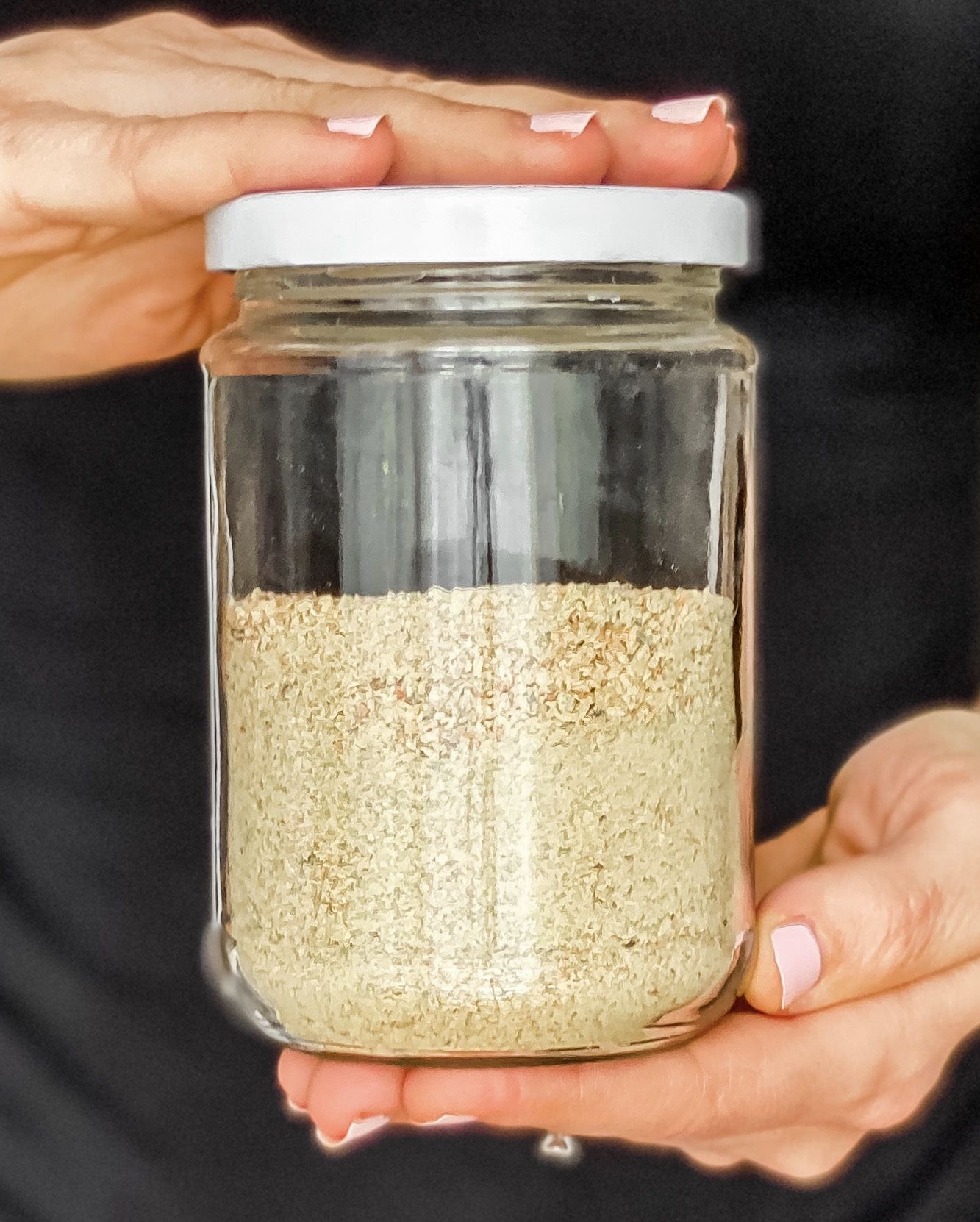Local and seasonal food when introducing solids
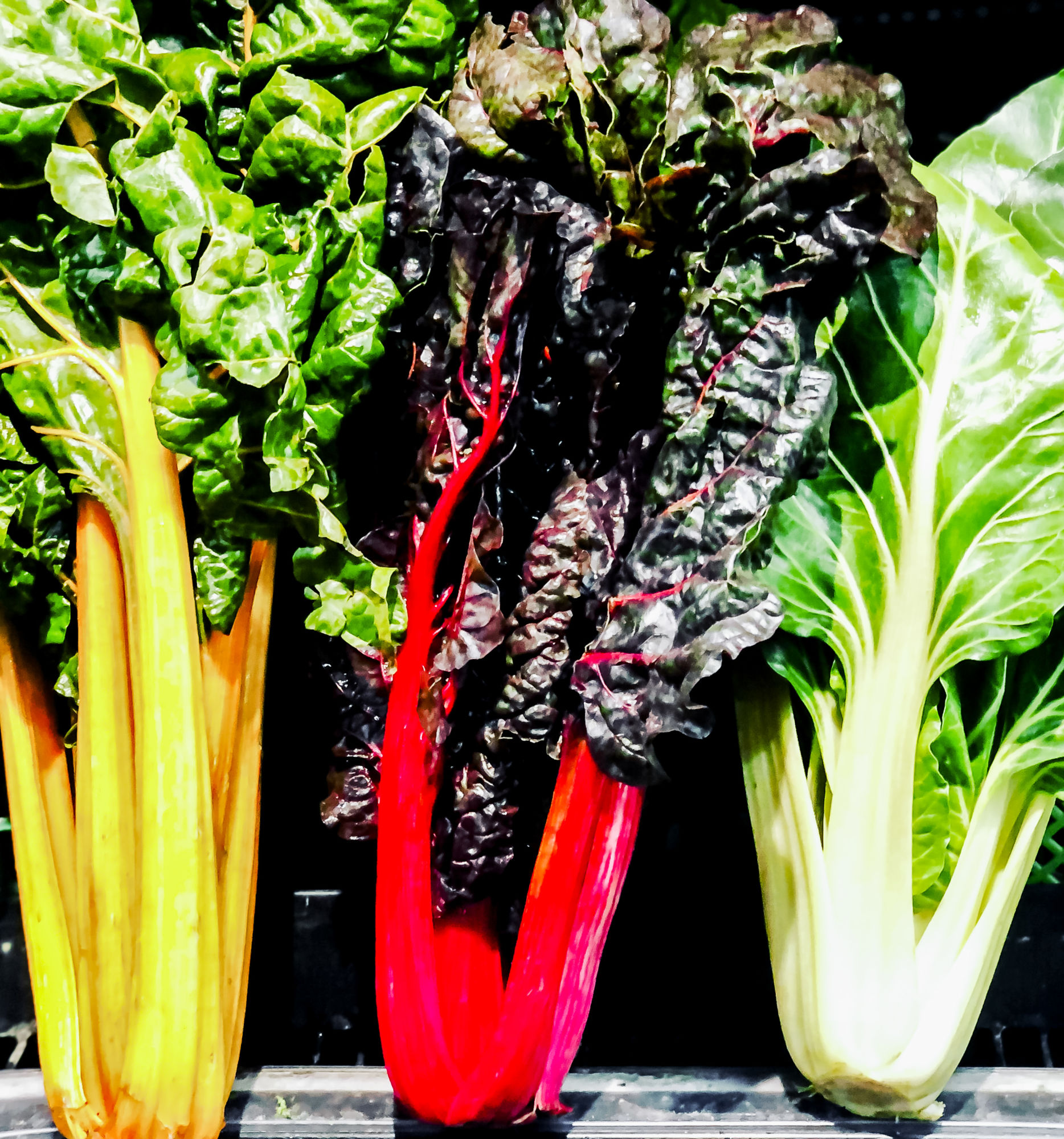
Starting with solids? I am sure every parent has searched online information on this topic. The enormous amount of information that you can find might be overwhelming. And definitely without unity at all. Information varies not only from country to country but also from person to person.
When we were starting with solids, I tried to select the information based on the area where they were coming from. It is natural, that babies in China are exposed to a different kind of first food than babies in Europe. That is normal.
I come from Slovakia, which is a little country in the middle of Europe, all my suggestions on starting solids are based on local foods of Central Europe.
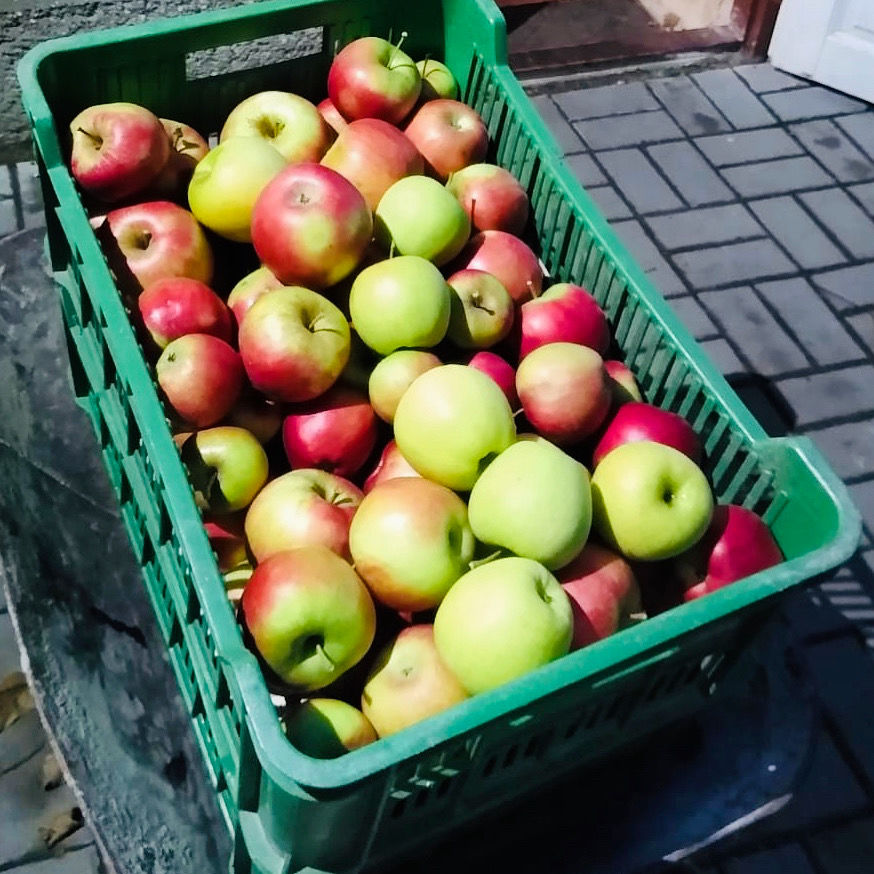
Eating locally
Well, I believe in eating locally. Locally grown food, which is planted and grown in the area we are living in is the best for us. The local foods are fresher and contain more nutrients because they take less time to get to us.
One of my best examples is tomatoes. Growing up in a small city, having a garden in the countryside taught me what it takes to grow your own food. And how the food tastes and smells… If you have the opportunity to eat a tomato from your own garden or a local farmer and the one from the supermarket, there will be a difference. Living in Germany gives me the option to buy tomatoes the whole year, even in winter. Those are mostly without any taste, so there is really no reason to buy them. And my little advice when buying fruits or vegetables – use your senses.
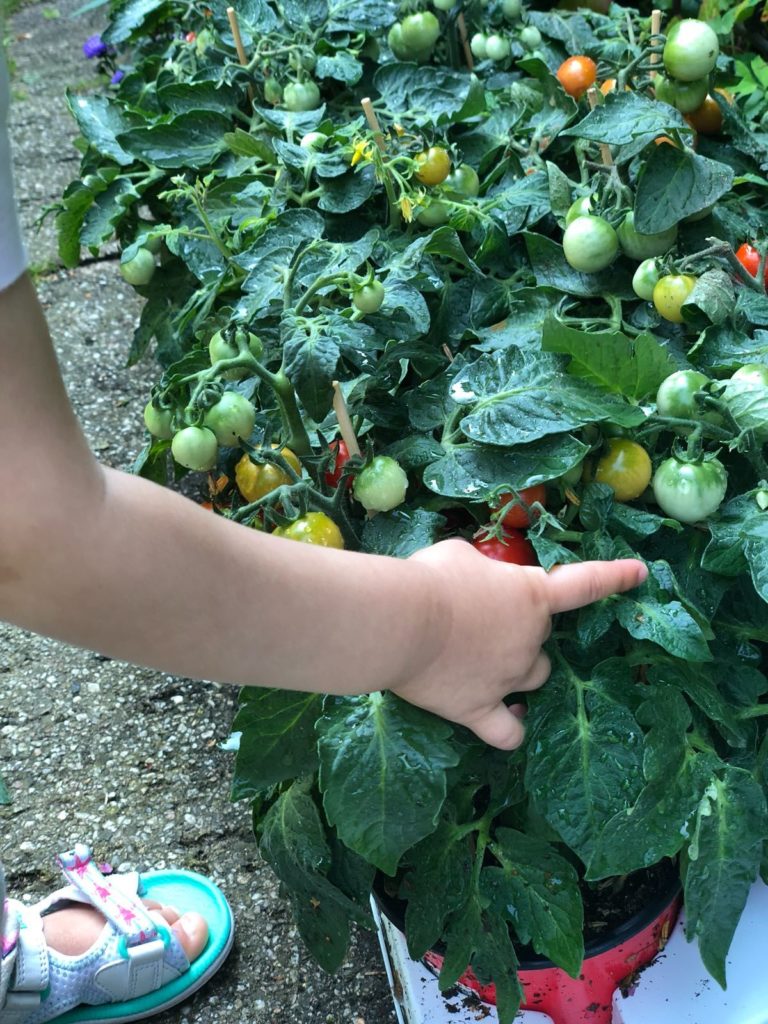
Buying local food has more than one reason. Local food has a lower carbon footprint because it doesn’t need to travel as far. It is environmentally friendly. Besides, you support the local economy, especially on the farmer’s market.
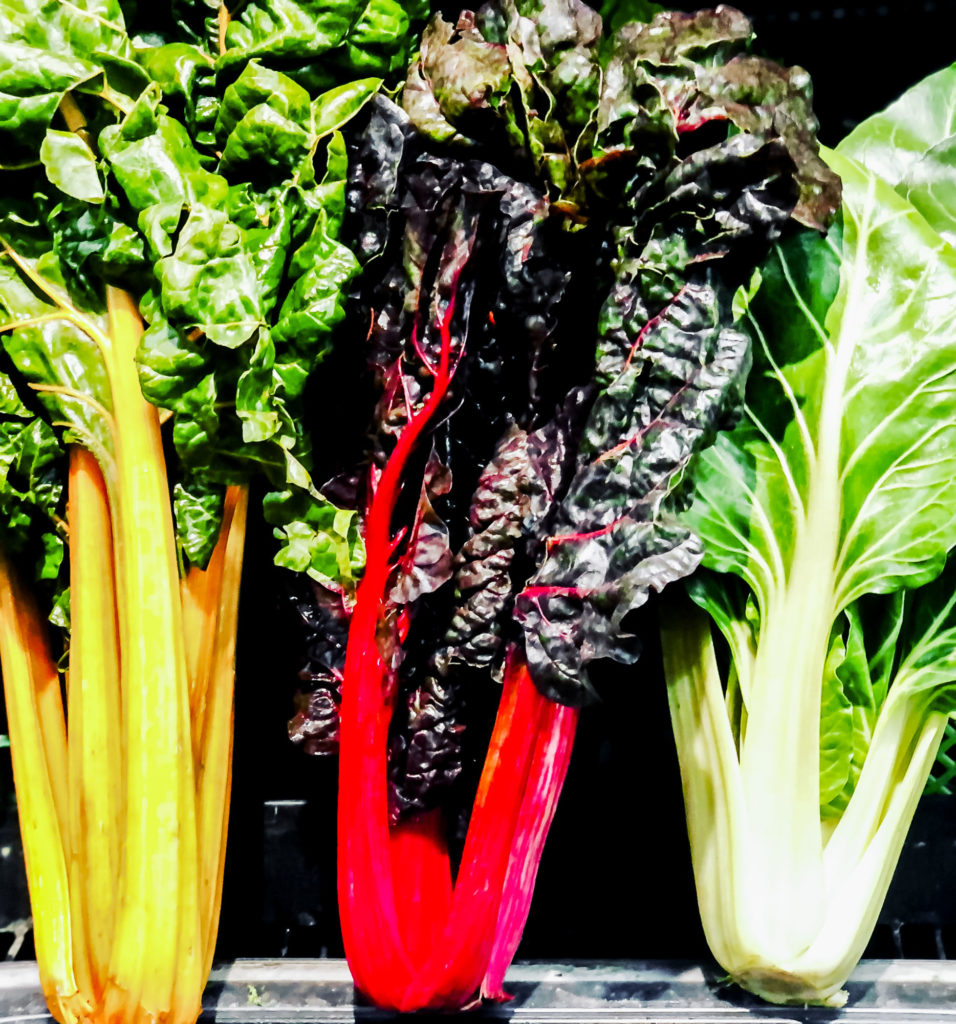
Organic food
In Germany, buying organic (“bio”) food/product means that it was grown/raised following the rules of the EU Regulation on Organic Farming. I would love to emphasize, that buying organic, in general, doesn’t mean it is healthy. Buying organic fresh unprocessed food is a healthier option. However, I always check the label on the product before adding it to my shopping cart.
For fruits and vegetables, organic (“bio”) means, there are no synthetic pesticides or fertilizers, no genetically engineered crops, and no sewage sludge used in production.
For meat and milk production it means, that it comes from animals that didn’t receive any unnecessary antibiotics or growth hormones.
If we want to feed our babies with food with the highest nutritional value, buying organic and preparing the food at home is the only way.
More info about what is good to know before starting with first baby food you can find in my free eBook – 5 things to know before introducing solids or dive in the whole guide for introducing solids in my eBook:
HOW TO RAISE A VEGGIE LOVER (AND WE SHOULD…)
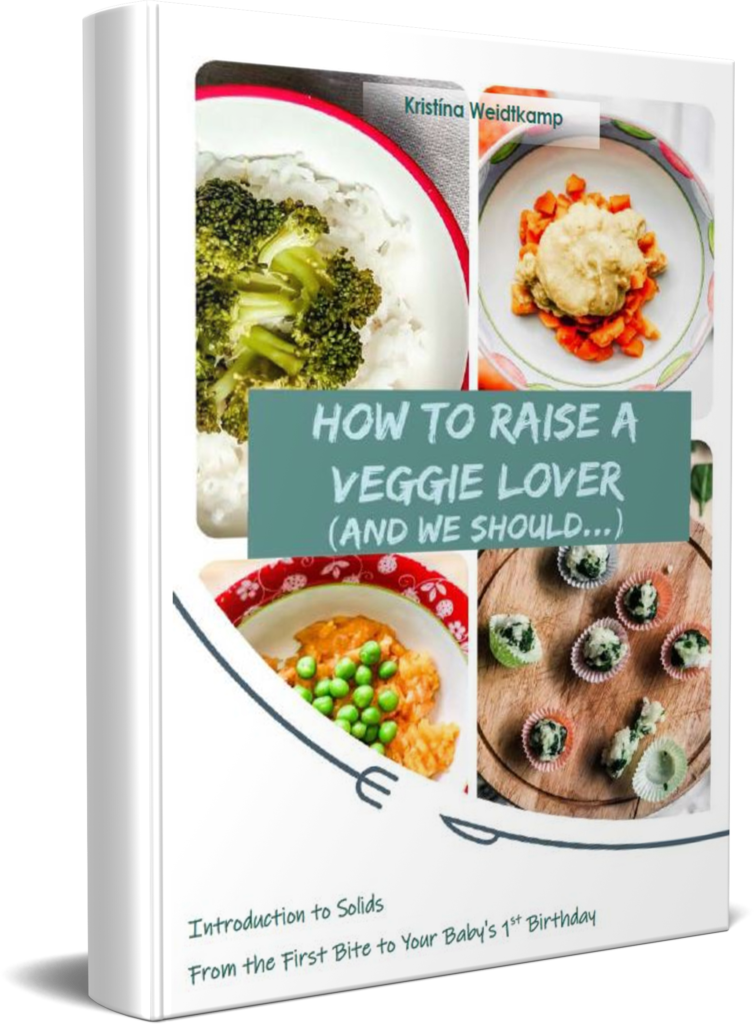
- 77 pages describes how to create, structure and prepare your own meal plan for your baby
- complex guide through the first months of introducing solids, from the first 1-ingredient food to a complete meal
- method to combine food in order to create a healthy and balanced meal plan for your child
- introducing solids made with regards to the level of digestibility of a specific food



